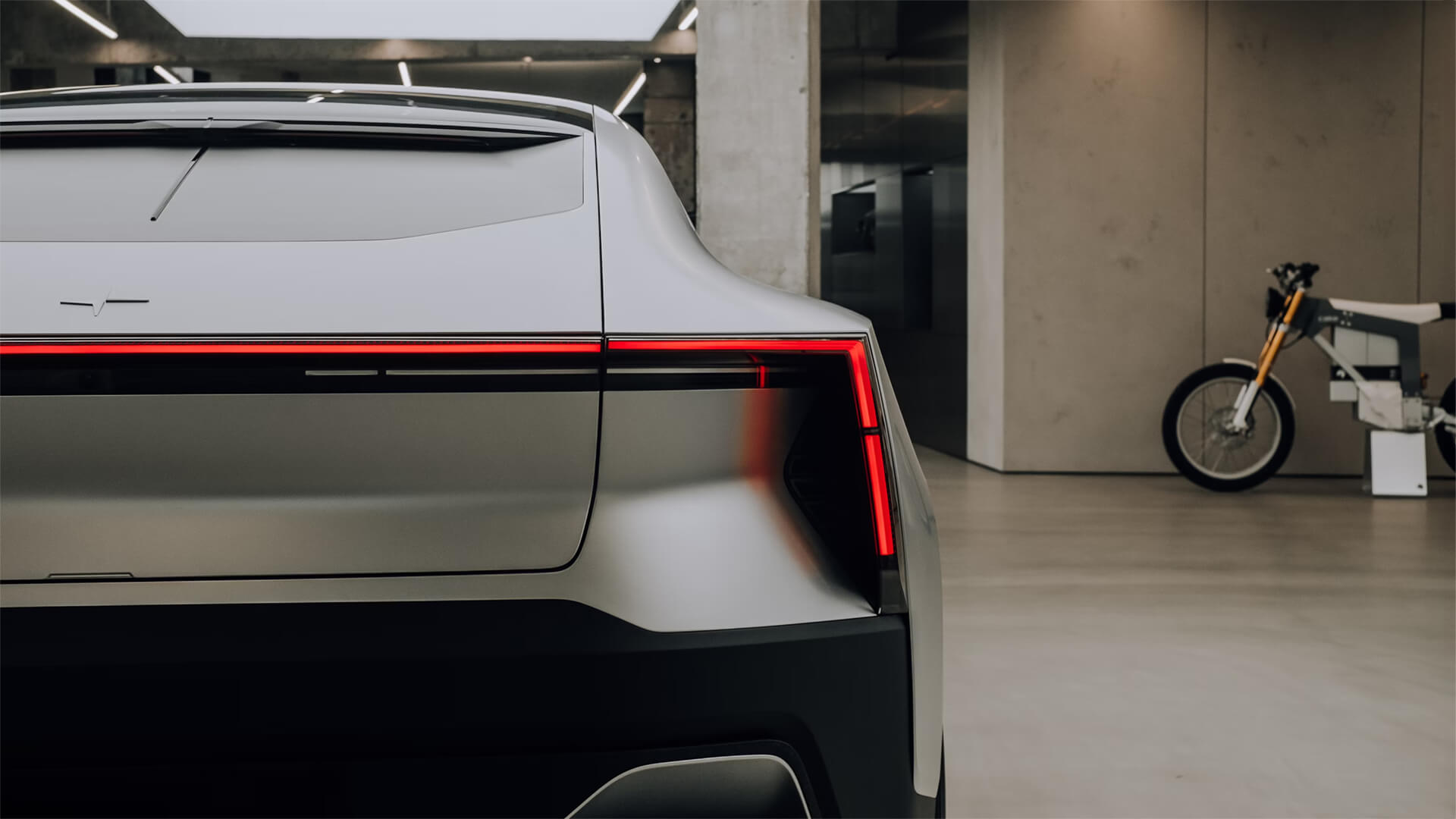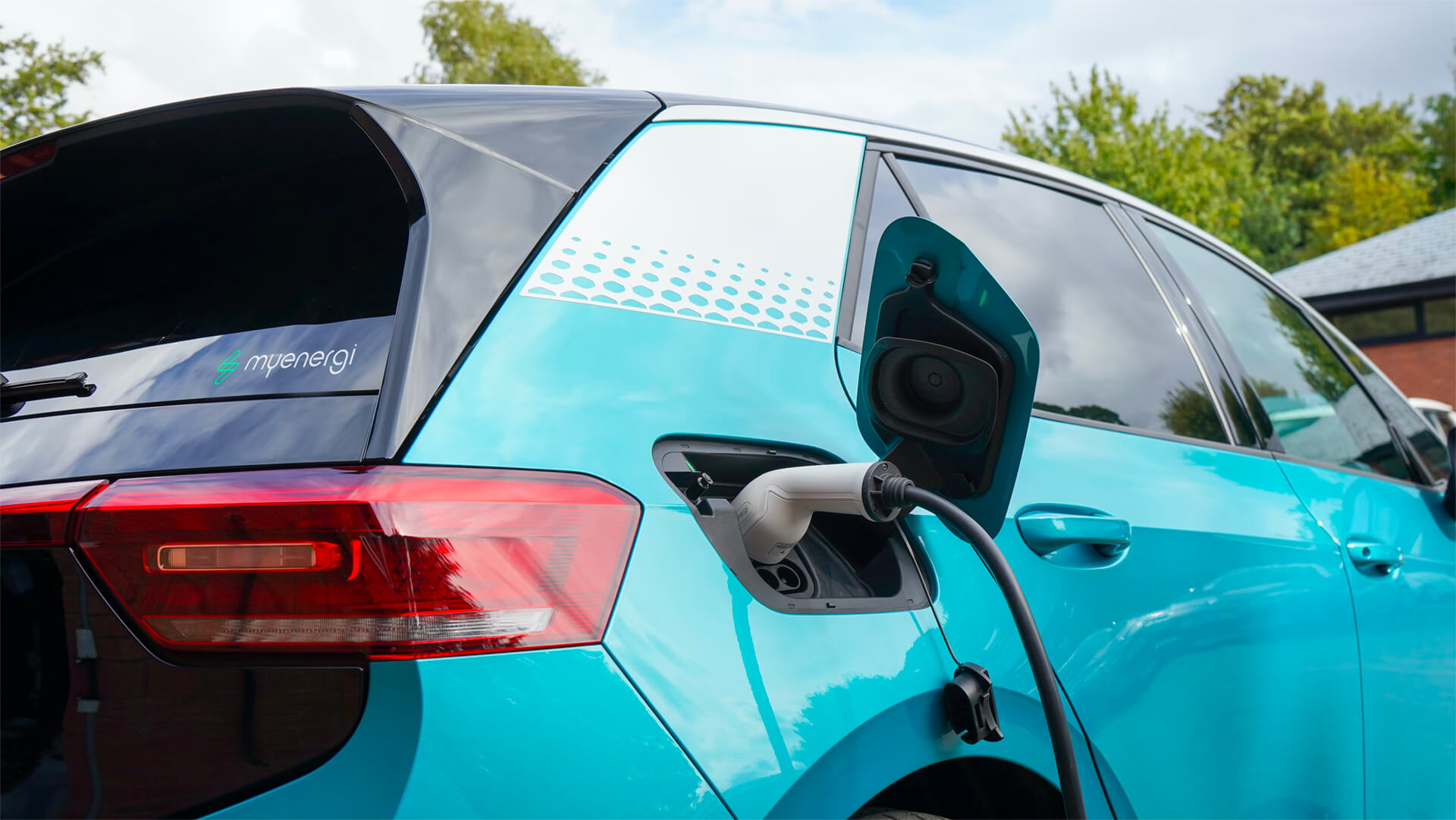*This video was recorded in June of 2024.
We’re talking about a different kind of war today – Trade Wars. Specifically, we’ll be looking at attempts by the US and EU to limit Chinese involvement in their electric vehicle markets.
With 100% tariffs from the US and around 50% from the EU, the Chinese EV industry is being backed into a corner…and its only going to get worse. China’s retaliatory measures are limited by their dependence upon foreign imports and attempts to restrict exports of other materials like gallium have backfired. Heck, the Chinese even tried to slap some tariffs on bacon.
China’s myriad of other issues (demographics, post-COVID decline, low value add, etc.) have only exacerbated the problems brought about by these tariffs. The semiconductor industry is a good example of the inefficiencies in the Chinese system and how reliant on foreign expertise it is.
Don’t get me wrong, China is the world’s manufacturer and that’s no small thing, but its dominance will be challenged by these ever-growing wars on trade.
Here at Zeihan On Geopolitics we select a single charity to sponsor. We have two criteria:
First, we look across the world and use our skill sets to identify where the needs are most acute. Second, we look for an institution with preexisting networks for both materials gathering and aid distribution. That way we know every cent of our donation is not simply going directly to where help is needed most, but our donations serve as a force multiplier for a system already in existence. Then we give what we can.
Today, our chosen charity is a group called Medshare, which provides emergency medical services to communities in need, with a very heavy emphasis on locations facing acute crises. Medshare operates right in the thick of it. Until future notice, every cent we earn from every book we sell in every format through every retailer is going to Medshare’s Ukraine fund.
And then there’s you.
Our newsletters and videologues are not only free, they will always be free. We also will never share your contact information with anyone. All we ask is that if you find one of our releases in any way useful, that you make a donation to Medshare. Over one third of Ukraine’s pre-war population has either been forced from their homes, kidnapped and shipped to Russia, or is trying to survive in occupied lands. This is our way to help who we can. Please, join us.
Transcript
Hey, everybody. Peter Zeihan here, coming to you from the top of Frazier Peak in New Mexico. Back behind me, you can see Mount Walter and just a little bit of Wheeler.
Today, we’re going to talk about trade wars shaping up with the Chinese and why the Chinese don’t have too much leverage. The issue is that the United States and the European Union have both put heavy tariffs on Chinese electric vehicles—100% in the United States, about 50% in the case of Europe.
This is just the first round. Expect these tariffs to at least double over the next couple of years. The goal is to keep everything that involves any part of a Chinese EV out of the system, starting with the finished vehicles. This will extend to parts and especially batteries in the near future.
This is the beginning of the process, not the end. Regardless of what you think about electric vehicles, there’s a belief in the governing systems of both the U.S. and the EU that this is the future, and they don’t want another country or economic bloc to dominate it. Obviously, there’s a lot of subtext there, but that’s the core of the issue.
The Chinese are looking for things to retaliate against. The problem is, when you’re a major manufacturing country that imports all of your raw materials and relies upon foreign markets for all of your sales, there’s not a lot you can do. If you impede trade, you’re destroying the trade system you rely on for your economic model.
The demographic situation in China has gone from bad to horrific. Since the beginning of Covid, we’ve discovered that not only did they overcount their population by well over 100 million people, but people have aged out of the block that does most of the consumption.
We only got our first decent look at Chinese demographics a little under a year ago. The Chinese are now starting to understand why retail sales have not rebounded post-Covid—they’re not going to rebound because they no longer have enough people to generate a rebound. So, foreign sales are all they have. China is also not the technological leader, which means it can’t withhold technology from its trading partners to get market access.
So, the question is, what can they reach for? In the United States’ case, if you retaliate with tariffs on anything, it immediately triggers a second round of tariffs on you, which hurts you more. Even with things where the Chinese might seem to have an advantage, like gallium and germanium (two rare metals they dominate in production), they restricted access to Japan and the U.S. after previous sanctions rounds. The problem is, these metals are just byproducts of aluminum manufacturing. The U.S. is getting back into aluminum smelting, solving that problem, and leaving China without leverage.
In Europe, this is the first significant trade dispute between the EU and China, and it’s not likely to be the last. Europe is known as Fortress Europe for a reason, and China is ripe to be cut out of the European market. Right now, however, the Chinese don’t feel the same danger in doing retaliatory tariffs against Europe as they do with the U.S. The problem again is finding leverage, and they’ve gone after pork.
Back before Covid, China was hit by a massive outbreak of African swine fever, decimating their herds. America and other swine exporters stepped in to fill the gap. Then, the Trump administration cheesed off the Chinese government, leading China to decide to never buy American foodstuffs again unless there was no other option. They switched to European supplies for pork, mainly from Denmark, Spain, and to a lesser extent, Italy.
Fast forward a few years, and China’s swineherd has recovered, creating overproduction. Now, they’re sticking it to the Europeans on pork. It’s not nearly as impactful as targeting semiconductors, but the Chinese don’t have much leverage there either.
No one makes high-end semiconductors by themselves. Making chips better than 28 nanometers involves over 9,000 firms globally. China can make chips of about 90 nanometers, suitable for smart light bulbs, but anything more sophisticated requires significant outside help. The idea that having a fab plant means you can run with it is false. It takes a village for specialty chemicals, design work, and lithography.
If the Chinese ever find something to retaliate with, the EU and U.S. can hit back in ways that impact core Chinese interests very quickly. This leaves the Chinese with limited options, like going after pork. Unless you’re raising pigs in Spain, this isn’t a big deal yet. Sooner or later, Chinese demographics will cause their system to collapse, revealing how much of the lower-end manufacturing the rest of the world can do without. China is the workshop of the world for mid to low-quality products and the king of assembly, but that’s not the tool you use to fight a trade war.




